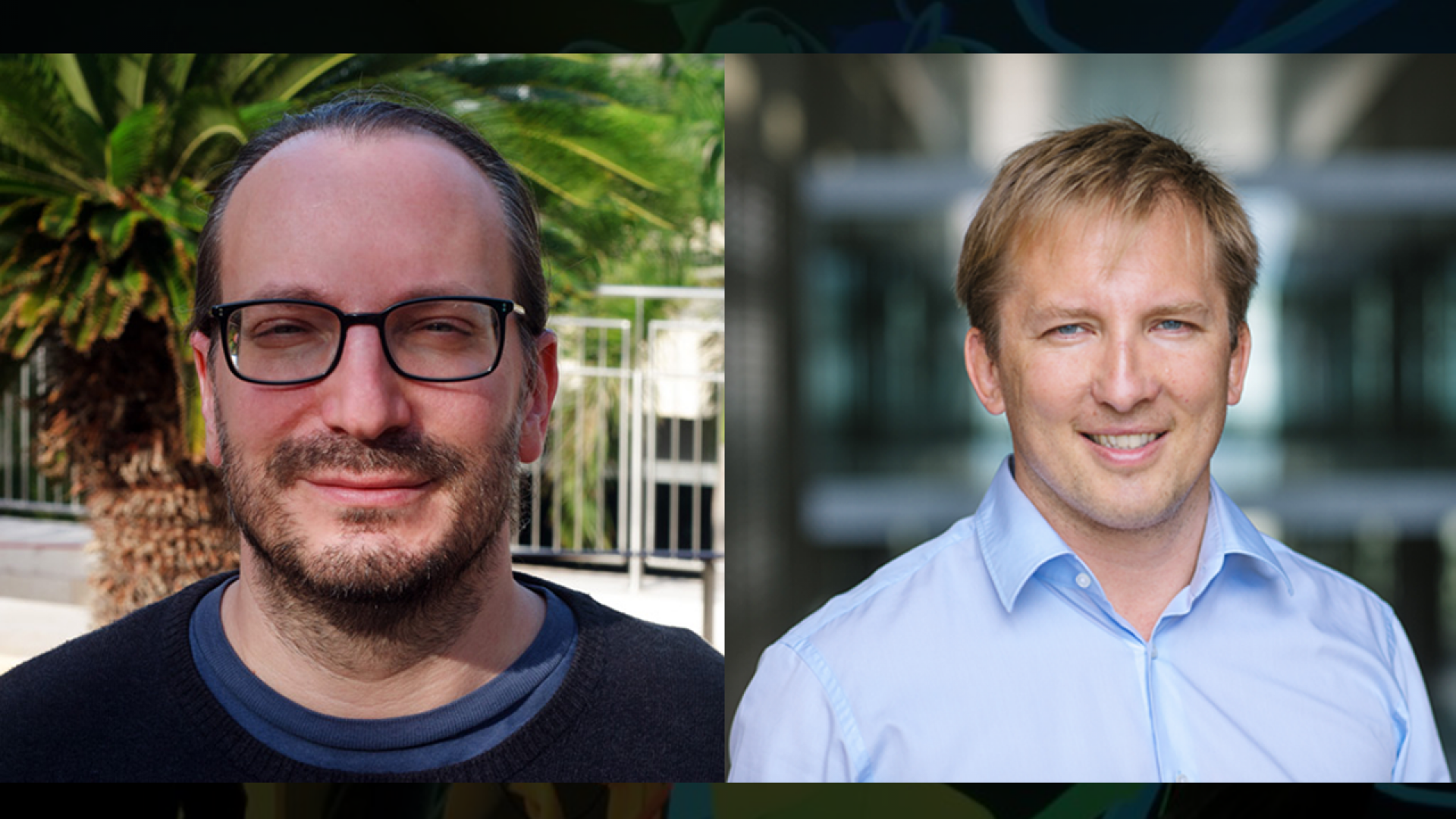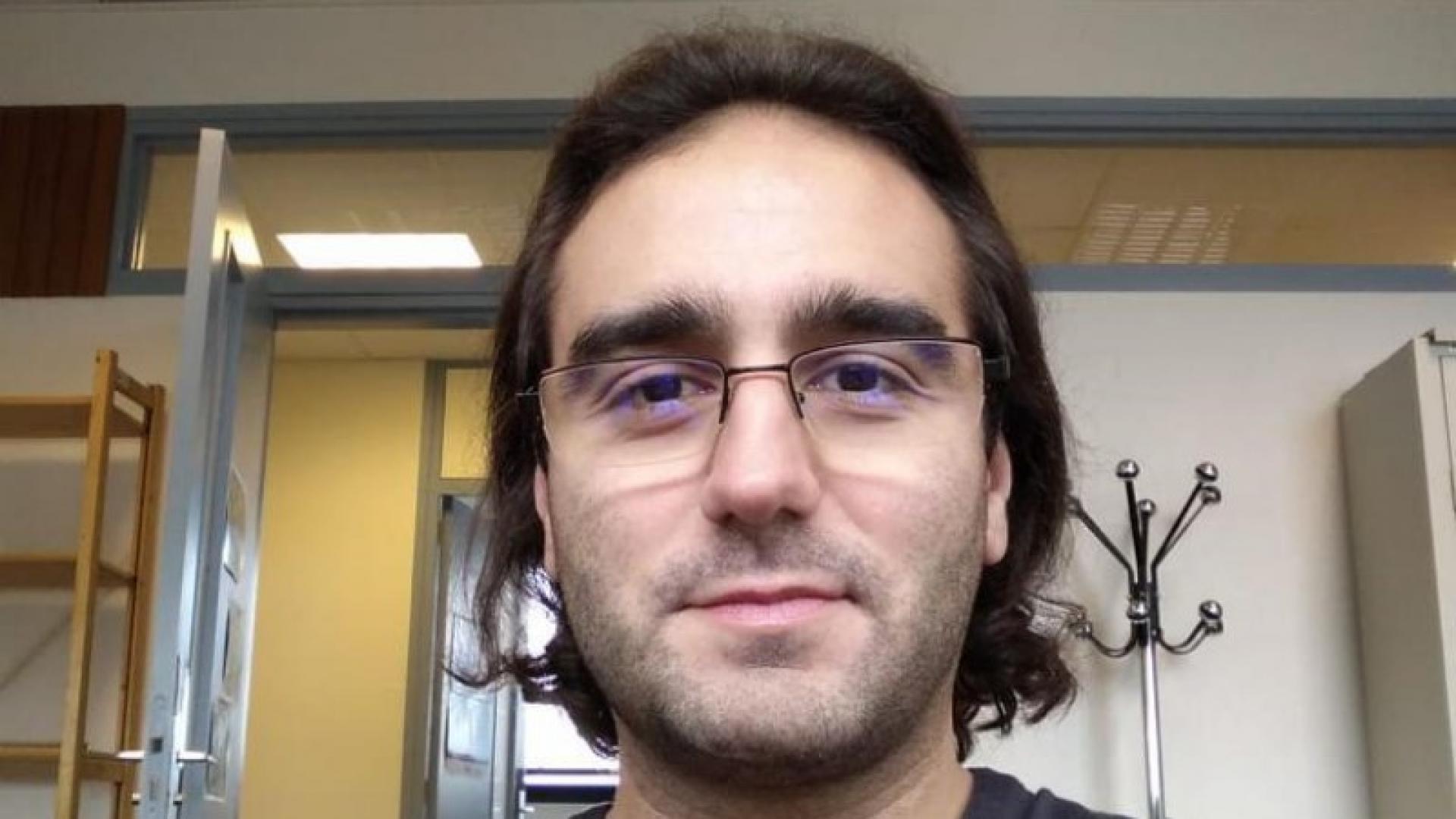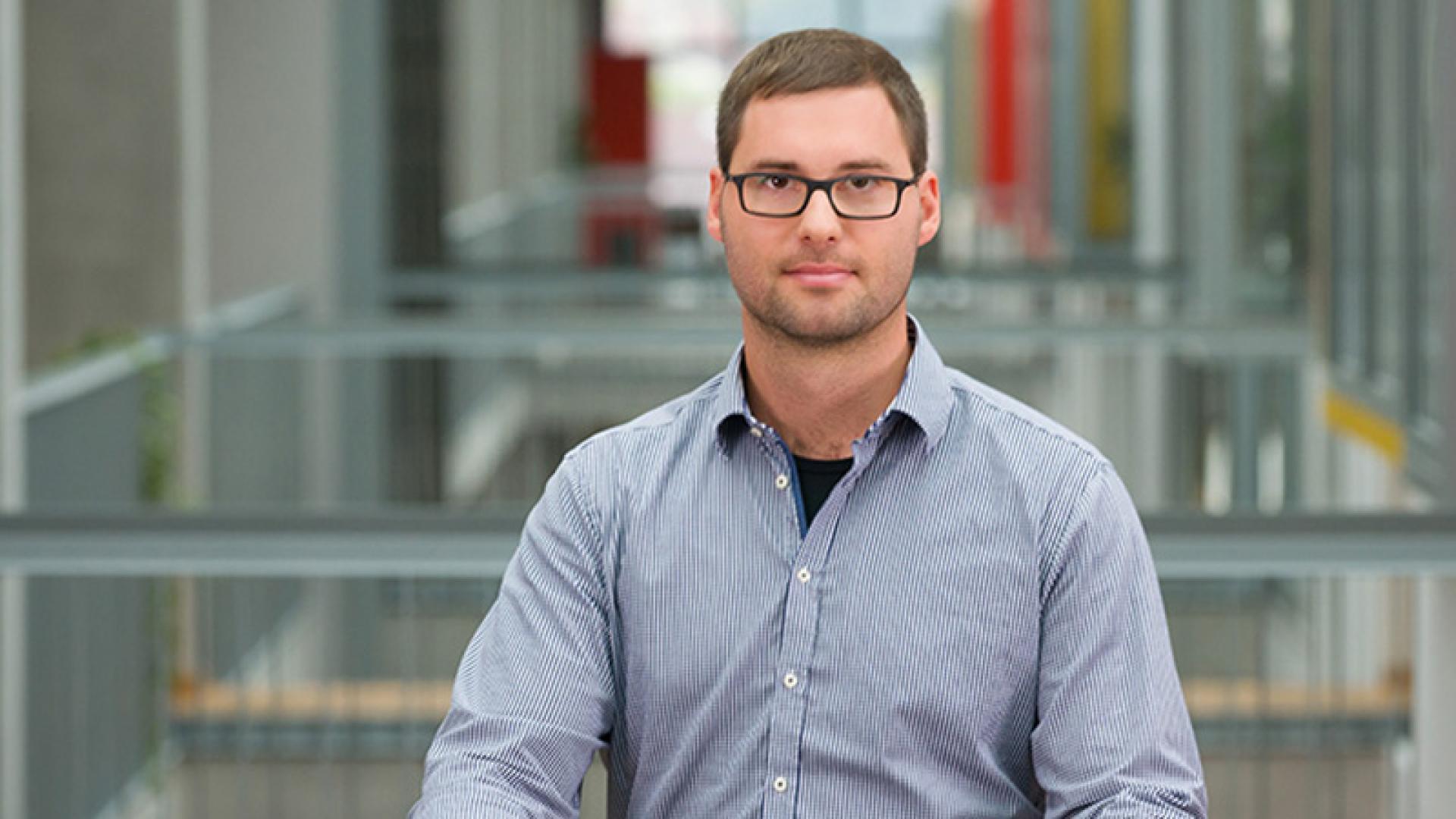We are proudly announcing that Dr. Ivan Viola has been promoted to the rank of Professor.
We are proudly announcing that Dr. Alexandre A. Kouyoumdjian has joined the Nanovisualization Research Group as a Research Scientist working with Professor Ivan Viola. His main research interests are Visualization & Computer Graphics, Human-Computer Interaction & Virtual Reality, and Microarchitecture. Dr. Alexandre A.
Together with our partners from Tsinghua University and Nanographics, our group has succeeded in depicting the first 3D visualizations of Cryo-EM microscopy tomography directly from the data. We are advancing the technology to allow for clear, noise-free visualization of this challenging data modality.
Three papers presented at IEEE VIS 2020 authored by the Nanovisualization group at KAUST!
1. Our new 3D rapid modeling technique for creating mescoscale models, developed together with Scripps Research, Nanographics, and TU Wien,
Austria: 10.1109/TVCG.2020.3030415
The Nanovisualization group at KAUST has collaborated with AIT and TU Wien, Austria and Imperial College London, UK on the development of a new 3D visualization technique for In-Silico Design for DNA-Nanotechnology. This work is published in NAR:
We are proudly announcing that Dr. Ciril Bohak has joined VCC as a Postdoctoral researcher of Computer Science in October, 2020. Ciril Bohak is a Postdoctoral Researcher and Teaching Assistant in the Laboratory for Computer Graphics and Multimedia, Faculty of Computer and Information Science, University of Ljubljana, Slovenia.
Prof. Ivan Viola will act as the Eurographics 2021 Full Papers Chair in the upcoming 42nd Annual Conference of the European Association for Computer Graphics - Eurographics 2021 - that will take place on May 3 − 7, 2021.
Prof. Ivan Viola will act as the Eurovis 2020 Full Papers Chair in the upcoming joint conferences Eurographics and Eurovis 2020.







